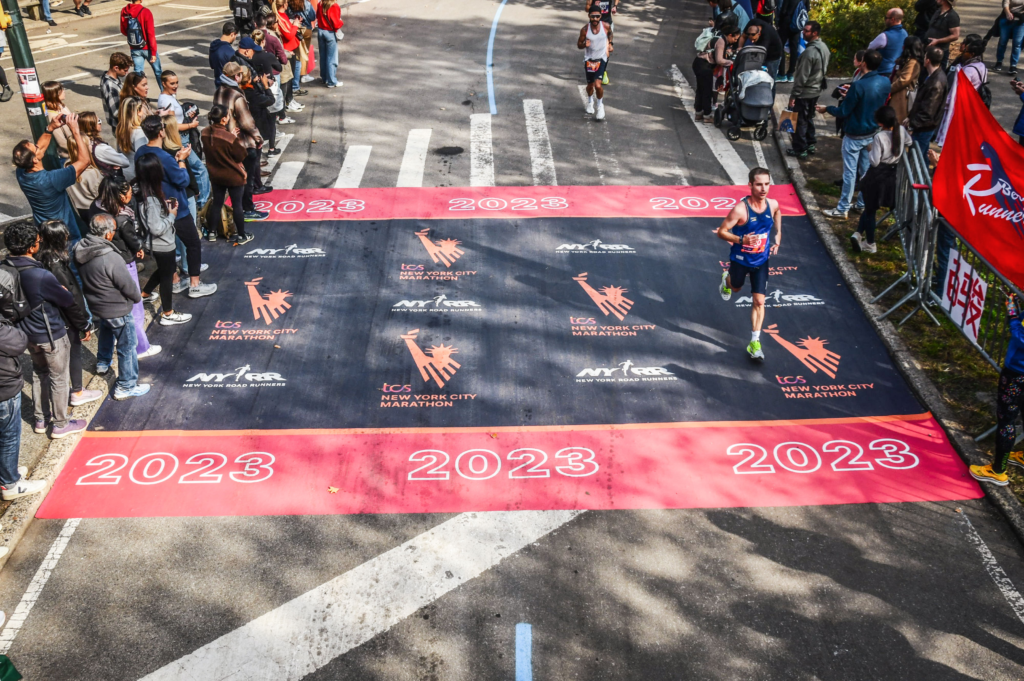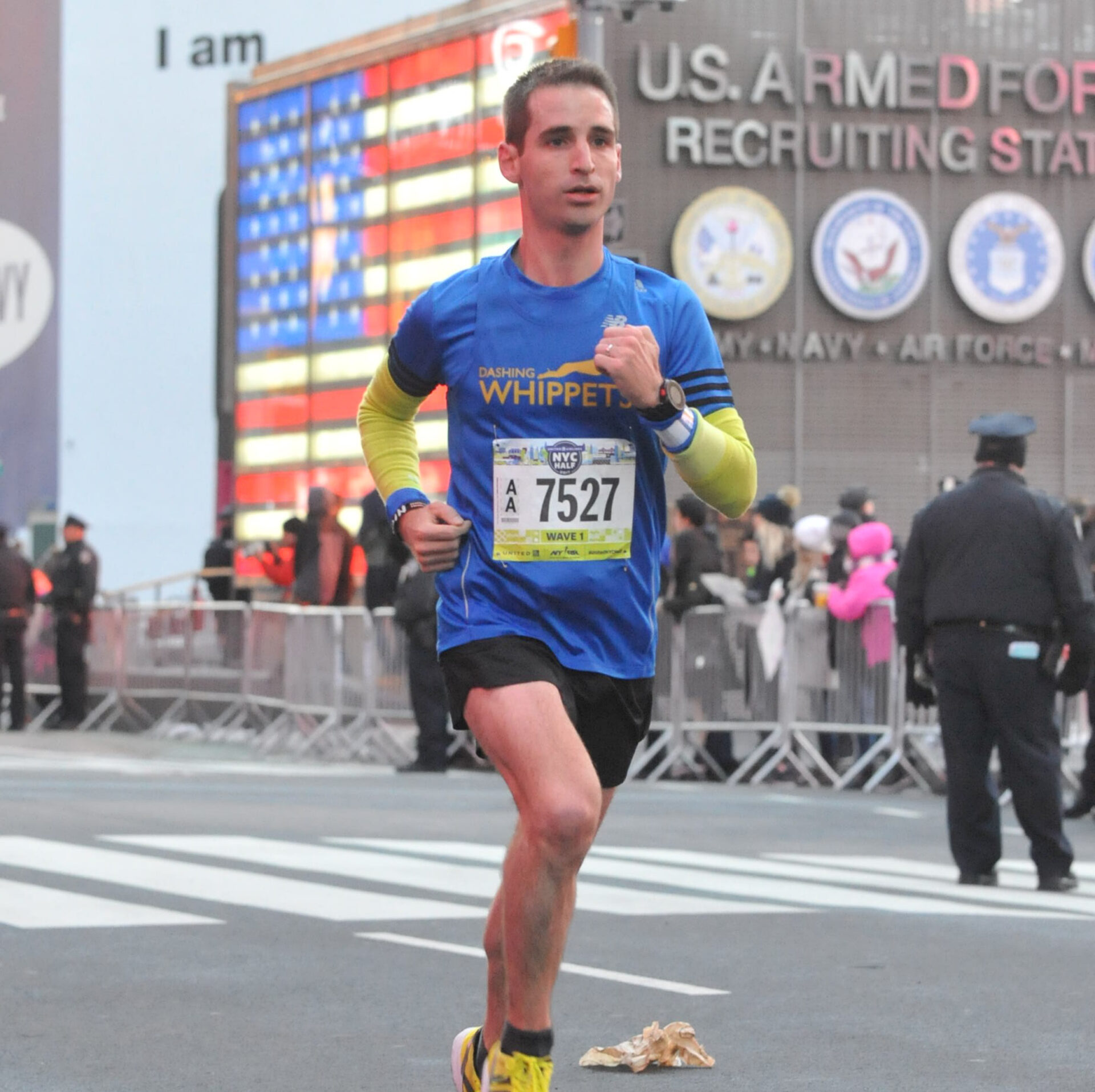I will always remember 2023 as the year I made subtle, yet important improvements to progress as a runner. Past year’s experiences and study helped bring to fruition a well-designed training program. Simplicity and balance were the key ingredients to helping me improve in an organic way. Also, the acceptance of responsibility, both on and off the road, helped me keep healthy while setting some new personal records. How did I arrive at building this foundation? What did it look like?
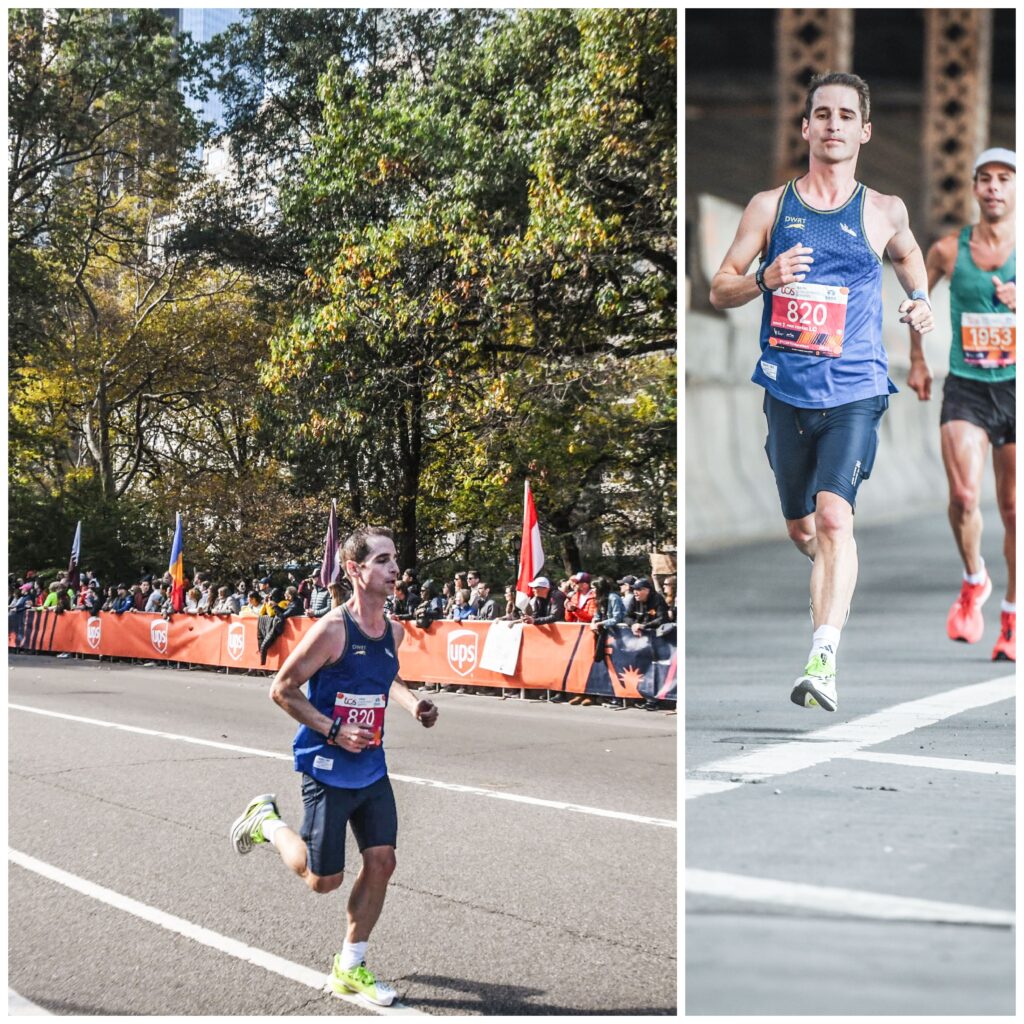
The key detail required watching what information I consumed, rather passive or intentional. Looking for a quick fix to an issue on social media doesn’t work. By design, this is all surface level information that really won’t help much in the long term. Alternatively, I put the pieces of the puzzle together by taking what I learned from my running journey to put together a program. These experiences included the knowledge I gained from previous coaches as well as my time spent in Kenya. Reading many books about running written by qualified and reputable authors were of essential importance, too.
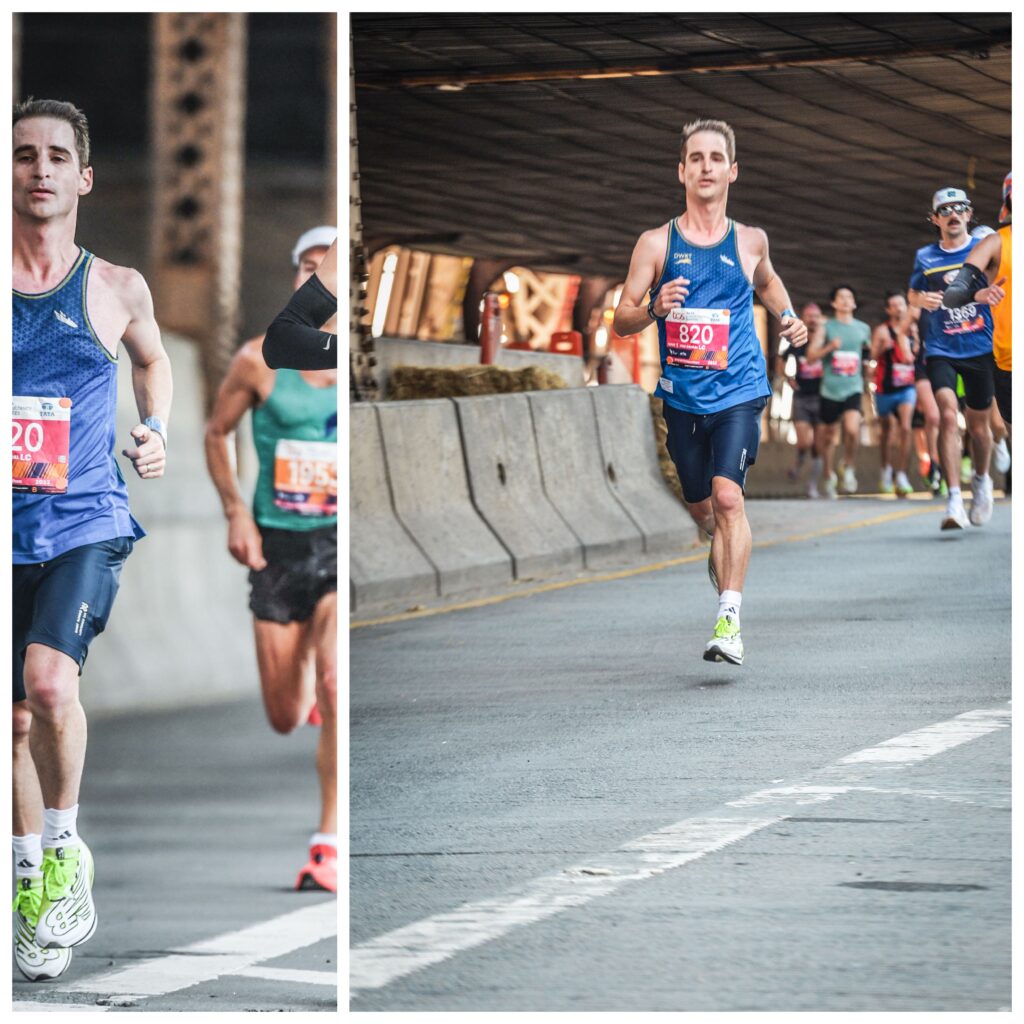
I hired a coach during my 19-week marathon training block for the NYC Marathon. Week by week mimicked how I trained successfully in previous years. Further, the training aligned with what I envisioned for such a program. Sessions really didn’t change much in volume, with the exception of my weekly long run. Speed work alternated each week: typically one week would include short intervals at 5k pace (90% at VO2Max) and the other week would include longer efforts at my lactate threshold. My weekly mileage stayed about the same during the whole build up.

Without delving too specific into actual workouts (beyond the scope of this post), I will share three aspects of my training that helped me this year:
1.) Perceived effort based off pace: Perhaps I’m one of the few who doesn’t base my training off of heart rate zones. Granted, I don’t necessarily enjoy wearing a heart rate strap, but through my experience, I improve the most by targeting a specific pace during my sessions. I found that focusing on a certain zone takes too much mental concentration, especially for a recovery run. It’s easier for me to run in the moment while focusing on movement and breathing. When I’m running at the correct, perceived effort, my heart rate trends in the right zone anyway.
2.) Mechanics: I always think about form and running tall. Good pelvic alignment is key. When I become more aerobically fit, my cadence tends to drop at certain paces as my stride length increases. For example, 7:00 mile pace might start out at 184 spm, but could end up well around 176 spm at the end of a training cycle. It should be noted that I’m still landing close to my center of mass, as I’m not overstriding out in front of my body. As I continue to progress as a runner, my goal is to produce more force on the ground as efficiently as possible; utilizing elastic energy to cover more ground effortlessly.
3.) Nutrition: Without diving too heavily into this polarizing topic, I highly recommend that runners complete an annual physical given by their physician. This helped with fixing some shortcomings in my own diet. A good rule of thumb is to eat at least one pound of vegetables per day. Watch your saturated fat as well as your sodium intake. Yes, I understand salt is essential for endurance athletes, but there is no need to eat 5 bowls of ramen after a training session.
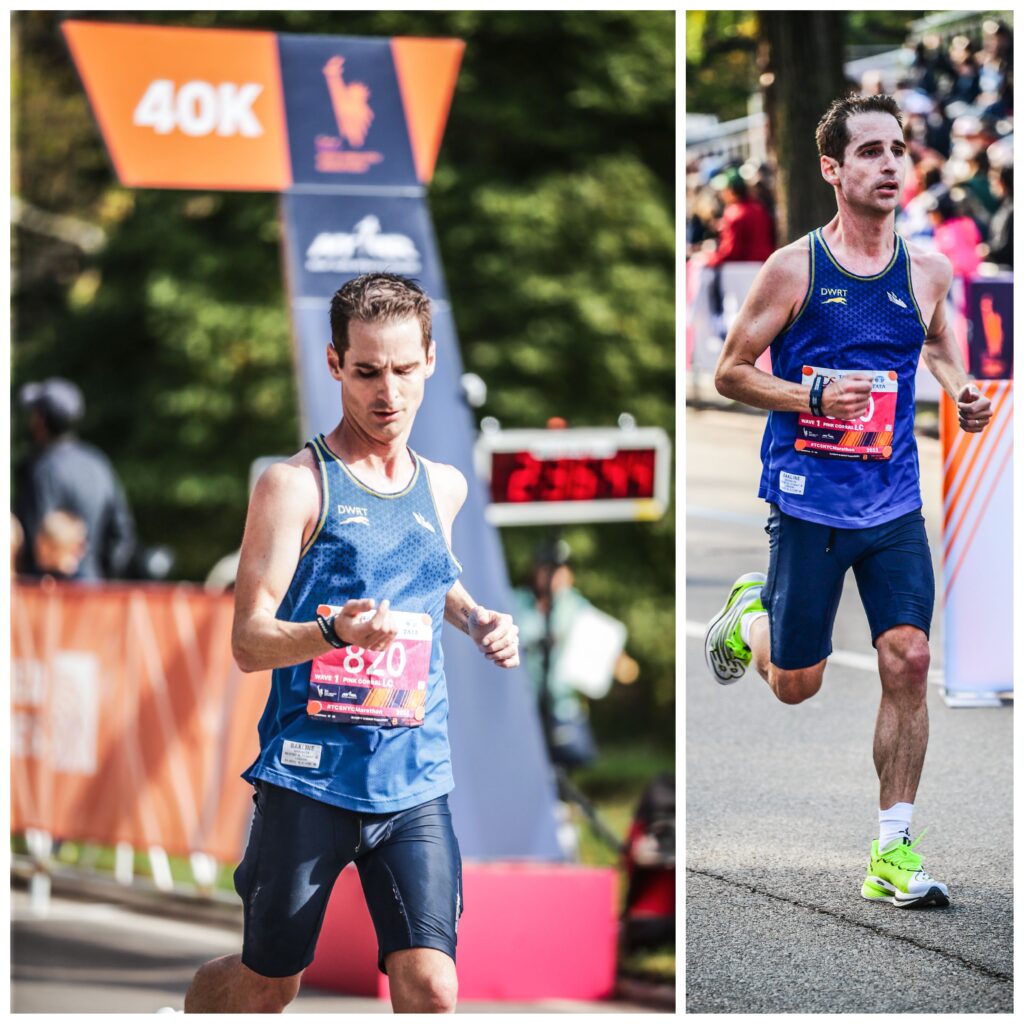
As I prepare and write goals for next year, I’m excited to pick up where I left off. I found the key to success is consistency while not changing too many variables at once. This along with previous experience allowed me better my 5k time twice, tie my mile PR without specific mile training and set a marathon personal best.
